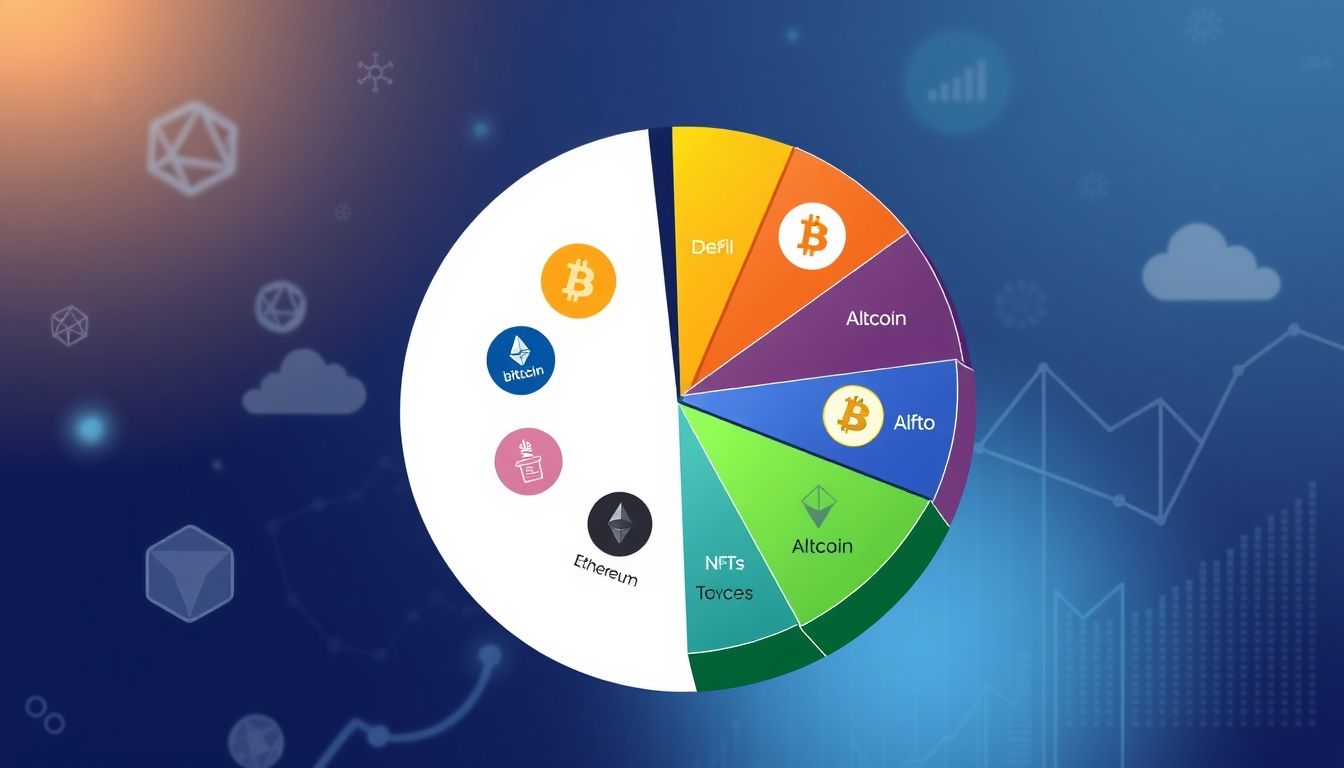Green Cryptocurrencies: A Sustainable Future for Investment and the Environment
The world is witnessing an accelerating shift towards sustainability, and green cryptocurrencies are playing a pivotal role in this transformation. These currencies, supported by renewable energy solutions, not only offer promising investment opportunities but also contribute to building a more environmentally friendly future.
Chapter 1: What are Green Cryptocurrencies?
Green cryptocurrencies are cryptocurrencies that rely on environmentally friendly mechanisms to produce new blocks and verify transactions. These currencies differ from traditional currencies like Bitcoin, which consume enormous amounts of energy due to the mining process based on the Proof-of-Work algorithm.
- Proof-of-Stake (PoS): An alternative mechanism that consumes significantly less energy, where validators are selected based on the number of coins they own and stake.
- Proof-of-Authority (PoA): A mechanism based on a specific set of trusted validators, reducing energy consumption.
- Renewable Energy-Backed Currencies: Projects that link the production of cryptocurrencies to renewable energy sources such as solar and wind power.
Chapter 2: The Problem of Energy Consumption in Traditional Cryptocurrencies
Bitcoin is a stark example of the massive energy consumption in the cryptocurrency world. Estimates suggest that the annual energy consumption of the Bitcoin network is equivalent to that of a small country like Argentina. This high energy consumption raises significant environmental concerns and makes traditional cryptocurrencies unsustainable in the long run.
Key Statistics:
- Annual energy consumption of Bitcoin: Approximately 120 terawatt-hours.
- Carbon footprint of Bitcoin: Equivalent to millions of tons of carbon dioxide emissions annually.
Chapter 3: Renewable Energy Solutions in the Cryptocurrency World
To address the problem of energy consumption, many projects are moving towards using renewable energy solutions. This includes:
- Solar-Powered Mining Farms: Establishing mining farms near solar power plants to ensure access to clean and sustainable energy.
- Wind-Powered Mining Farms: Using wind energy to power mining operations, reducing reliance on fossil fuels.
- Integration with Renewable Energy Grids: Integrating mining operations with renewable energy grids to ensure the use of green energy.
Chapter 4: Examples of Leading Green Cryptocurrencies
There are many green cryptocurrencies that adopt renewable energy solutions and contribute to building a sustainable future. Some notable examples include:
- Chia Network: Uses the "Proof-of-Space and Time" mechanism, which consumes significantly less energy than Proof-of-Work.
- SolarCoin: Rewards solar energy producers with cryptocurrencies, encouraging clean energy production.
- Power Ledger: A platform that enables the trading of renewable energy using blockchain technology.
Chapter 5: Benefits of Investing in Green Cryptocurrencies
Investing in green cryptocurrencies offers several benefits, including:
- Environmental Sustainability: Supporting projects that contribute to reducing the carbon footprint and promoting renewable energy.
- Potential Growth: Green cryptocurrencies have significant growth potential due to increasing interest in sustainability.
- Diversification: Adding a new asset class to your investment portfolio.
Chapter 6: Challenges Facing Green Cryptocurrencies
Despite the numerous benefits, green cryptocurrencies face some challenges, including:
- Price Volatility: Cryptocurrency prices in general are volatile, and green currencies are no exception.
- Regulation: The regulatory environment for cryptocurrencies is still unclear in many countries.
- Adoption: Green cryptocurrencies need more adoption by users and companies.
Chapter 7: How to Start Investing in Green Cryptocurrencies?
To start investing in green cryptocurrencies, you can follow these steps:
- Research: Research green cryptocurrencies that align with your investment goals.
- Choose a Trading Platform: Choose a reliable trading platform that supports trading green cryptocurrencies.
- Buy the Coins: Purchase the green cryptocurrencies you have chosen.
- Secure Storage: Store your cryptocurrencies in a secure wallet.
Chapter 8: The Role of Governments and Organizations in Supporting Green Cryptocurrencies
Governments and organizations play a crucial role in supporting green cryptocurrencies through:
- Policy Making: Developing policies that encourage the use of renewable energy in cryptocurrency mining.
- Financial Support: Providing financial support to projects that develop sustainable solutions for cryptocurrencies.
- Awareness: Raising awareness about the benefits of green cryptocurrencies and the importance of sustainability.
Chapter 9: The Future of Green Cryptocurrencies
The future of green cryptocurrencies looks promising, as interest in sustainability and environmentally friendly solutions is expected to increase. With the advancement of technology and increasing environmental awareness, green cryptocurrencies could become an integral part of the global financial system.
Chapter 10: Tips for Investors in Green Cryptocurrencies
Here are some tips for investors in green cryptocurrencies:
- Do Your Own Research: Before investing, conduct thorough research on the cryptocurrency and its technical team.
- Invest Cautiously: Do not invest more than you can afford to lose.
- Diversify Your Portfolio: Diversify your investment portfolio to reduce risk.
- Stay Informed: Keep up to date with the latest news and developments in the world of cryptocurrencies.
Disclaimer: Investing in cryptocurrencies involves high risks, and you may lose your entire investment. This article is for informational purposes only and does not constitute investment advice.




